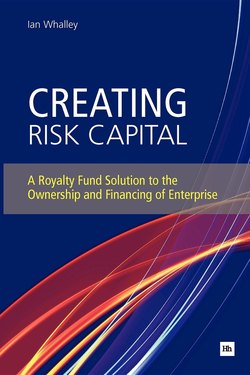Читать книгу Creating Risk Capital - Ian Whalley - Страница 49
На сайте Литреса книга снята с продажи.
The dominant model
ОглавлениеAccording to Hansmann and Kraakman, the shareholder model has become the standard by out-competing the main alternative models. [20] They cited “widespread disenchantment with a privileged role for managers, employees, or the state in corporate affairs” [21] and predicted that most law and practice will converge with this standard throughout the developed world. [22]
There is also a convergence of interests in this outcome among investors and managers. Not only are investors generally in the best position to supply capital and bear risk, but also they are often the most efficient owners. Further, leading investment institutions, understandably, may prefer to invest in companies which address their interests by adopting the shareholder model. For their part, the managers of major public companies are generally happy to align their own interest, as agents, with those of their principals, the shareholder-investors.
The influence of this model extends beyond large-scale enterprise. Thus, as Hansmann and Kraakman noted, “small- and medium-sized firms in every jurisdiction are organized under legal regimes consistent with the standard model”, [23] while, for example, even start-ups can secure financing more readily if there are markets which provide an exit for initial investors.
These co-inciding interests have led to a consensus in influential academic, business and government circles on the merits of the shareholder model, which has become entrenched. As a result, some of the multitude of enterprises, of all shapes and sizes, currently run in many different ways under many different forms of ownership, will aspire to that coveted public company status, aided by investment bankers, private equity firms, lawyers, accountants, consultants and the like, and will feed into that system. These may include private companies, government enterprises awaiting privatisation, building societies, even clubs and associations, either looking to float themselves or to become part of a large listed group.
A long line of British enterprises have already followed this path over the last 30 years, including:
the floated private companies BSkyB, Reuters and Orange,
Vodafone and Zeneca, which were spun out or demerged from their previous groups,
the privatised British Telecom (BT), British Gas, British Airways (BA) and British Airports Authority (BAA),
the demutualised former building society Abbey National, now part of the Spanish banking group Santander, and
operations of associations or clubs like the Royal Automobile Club, which became part of major quoted companies.
